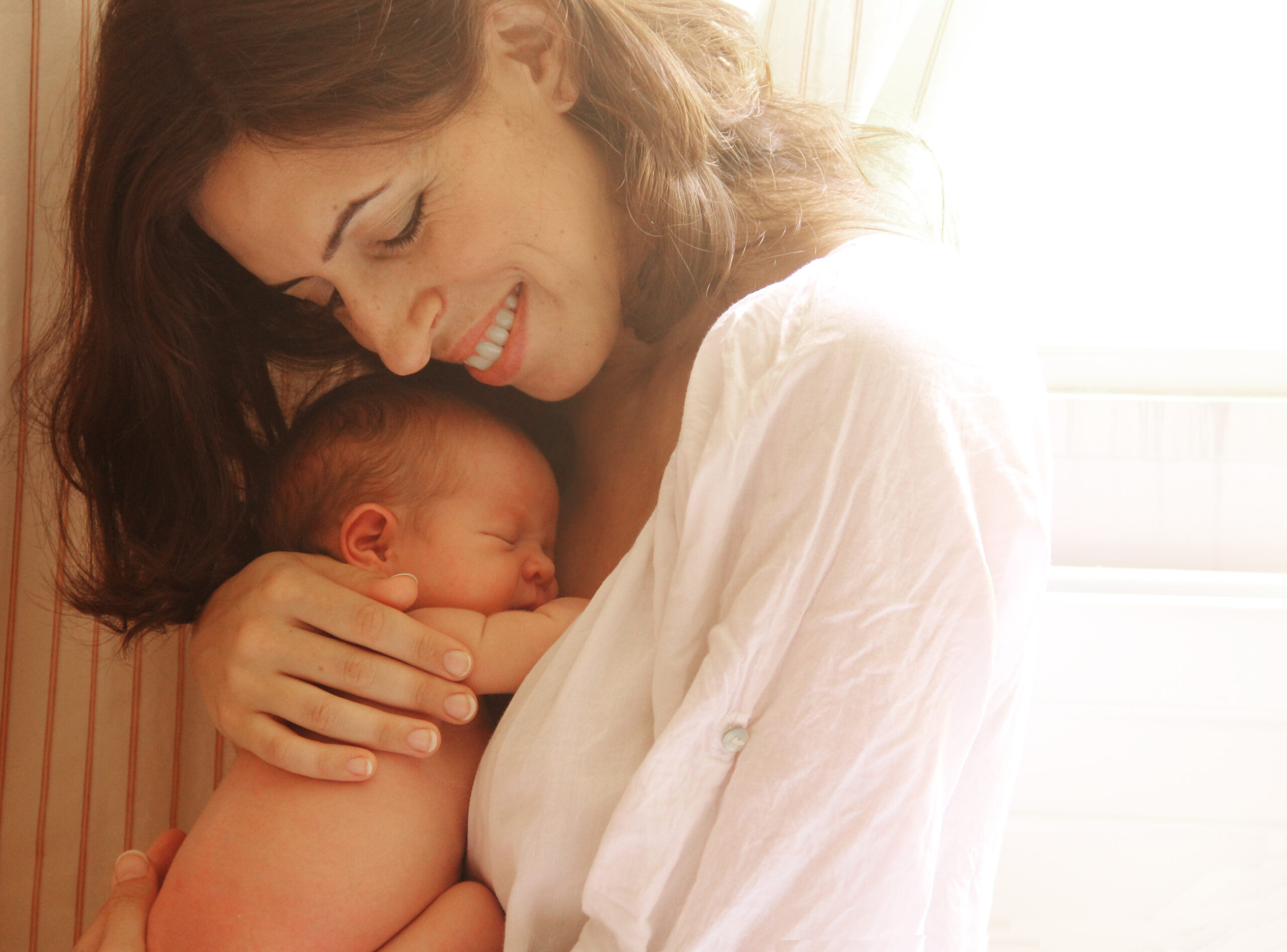Elective Single Embryo Transfer (eSET)
Elective single embryo transfer at a glance
- Elective single embryo transfer (eSET) is the process of selectively choosing one embryo created through in vitro fertilization (IVF) to transfer into the mother’s uterus, even if there is more than one embryo that is available.
- Transferring two embryos to increase the chance of pregnancy used to be a standard practice in IVF, but that resulted in more cases of multiple pregnancy (twins or more).
- Multiple pregnancies increase such risks for the mother as pregnancy loss due to severe preterm delivery, gestational diabetes and pregnancy-induced hypertension, and increase health risks for the child including preterm birth, low birth weight, and long-term health conditions like cerebral palsy, vision or hearing loss, or autism.
- The American Society for Reproductive Medicine (ASRM) and Tennessee Reproductive Medicine (TRM) have established that a healthy singleton pregnancy is the goal of assisted reproductive technologies.
- Improvements in clinical and embryology techniques have increased the success rates for single embryo transfers.
- TRM has been recommending eSET for appropriate women for several years and the success rates are very good and in women under 35 even better than multiple embryo transfer.
What is eSET?
Elective single embryo transfer (eSET) is the procedure of selecting one embryo, even if a large number of viable embryos are available, to be used in the womb transplantation aspect of IVF. An embryo can be chosen based on many factors. One is sex selection by the parent(s), which can can be accomplished through preimplantation genetic testing used to identify genetic defects in the embryos and the embryos’ sex.
Related reading: “A Mother’s First Act: Transferring a Single Embryo”
Single vs. multiple embryos
Women utilizing IVF are given medication to stimulate egg production, which often results in more than one egg being successfully fertilized. In the past, it was common practice to implant multiple embryos.
In 2000, more than two-thirds of all IVF procedures in the United States involved three or more embryos. Not too long after that, about 30 percent of IVF pregnancies in the U.S. were twins, with 3-4 percent more being triplets or more.
Those rates of multiple pregnancies led to a reassessment of multiple embryo implantation approach out of concern for the health of mother and child. Multiple gestation also increases the risk of premature birth, birth by cesarean section, and/or extended recovery time for both the mother and the babies.
Health concerns for the mother from multiple gestation include:
- Increased risk of gestational diabetes.
- Placenta previa and other problems of the placenta, increasing the risk of hemorrhaging.
- Pre-eclampsia (high blood pressure).
- Emotional stress, heightened feelings of depression and low self-esteem after delivery.
Concerns for the babies from multiple gestation include:
- Low birth weight.
- Need for intensive care after birth.
- Developmental disabilities such as cerebral palsy, vision or hearing loss.
- Increased mortality rates.
The good news is that elective single embryo transfer has increased substantially in recent years. In 2018 the Centers for Disease Control and Prevention (CDC) reported that eSET was used in 74.1% of embryo-transfer procedures among U.S. women younger than 35, with the number of eSET transfers decreasing to 66.4% among women older than 37.
Who should use eSET for IVF embryo transfer?
TRM agrees with ASRM’s recommendation of single embryo transfer for women who are 35 years or younger and have eggs or embryos of good quality and embryos left to freeze. eSET is also a good option if the woman has a favorable diagnosis (such as isolated tubal infertility or male factor infertility). For women who are not “favorable prognosis,” ASRM recommends transferring a maximum of two embryos.
A key in eSET is the “elective” aspect of single embryo transfer. A woman or couple undergoing IVF often want to maximize the chances of success by implanting more than one embryo. Committing to eSET can seem counterintuitive. But advances have made eSET very effective.
At Tennessee Reproductive Medicine, we’ve been suggesting that appropriate women consider eSet for more than seven years, and our patients have responded positively. For TRM patients under 35 using eSET, fewer embryos transferred did not mean lower success rates: pregnancy success rates increased by 9.9 percent from 2012 (52.8 percent) to 2013 (62.7 percent).
All women should consider various factors when determining the number of embryos to transfer. The age of the woman, the cause of the couple’s infertility and the number of embryos available for freezing may provide information about her embryos’ ability to achieve a pregnancy.
Other factors may influence the number to be transferred. For example, if a woman has a uterine anomaly, twins would place her at an even higher risk for preterm birth. In other cases, medical diseases in women can be significantly worsened by twins. These women should consider eSET, even if they do not otherwise have a favorable prognosis.
Because even good quality embryos are less likely to result in a pregnancy as women age, ASRM acknowledges that older women may require more embryos to achieve pregnancy. ASRM guidelines recommend the transfer of a maximum of two to three embryos for women between the ages of 35 and 37 and a maximum three to four embryos in women between the ages of 38 and 40. However, we permit all women, regardless of age, to have an eSET if they want to minimize the risk of multiples.
What are the benefits of eSET?
The CDC says that women who are good candidates for eSet experience pregnancy and live birth rates very similar to women who transfer more than one embryo. Almost all of those eSet births were singletons, which saved a lot of mothers and twin babies from medical complications. Twins are still a natural possibility even when only one embryo is transferred.
Another benefit of eSET is that if the procedure does not work, that does not mean it is necessary to start all over again with IVF. When a mother elects to transfer just one embryo she usually has other viable embryos that can be frozen and used in the future during another implantation procedure.


